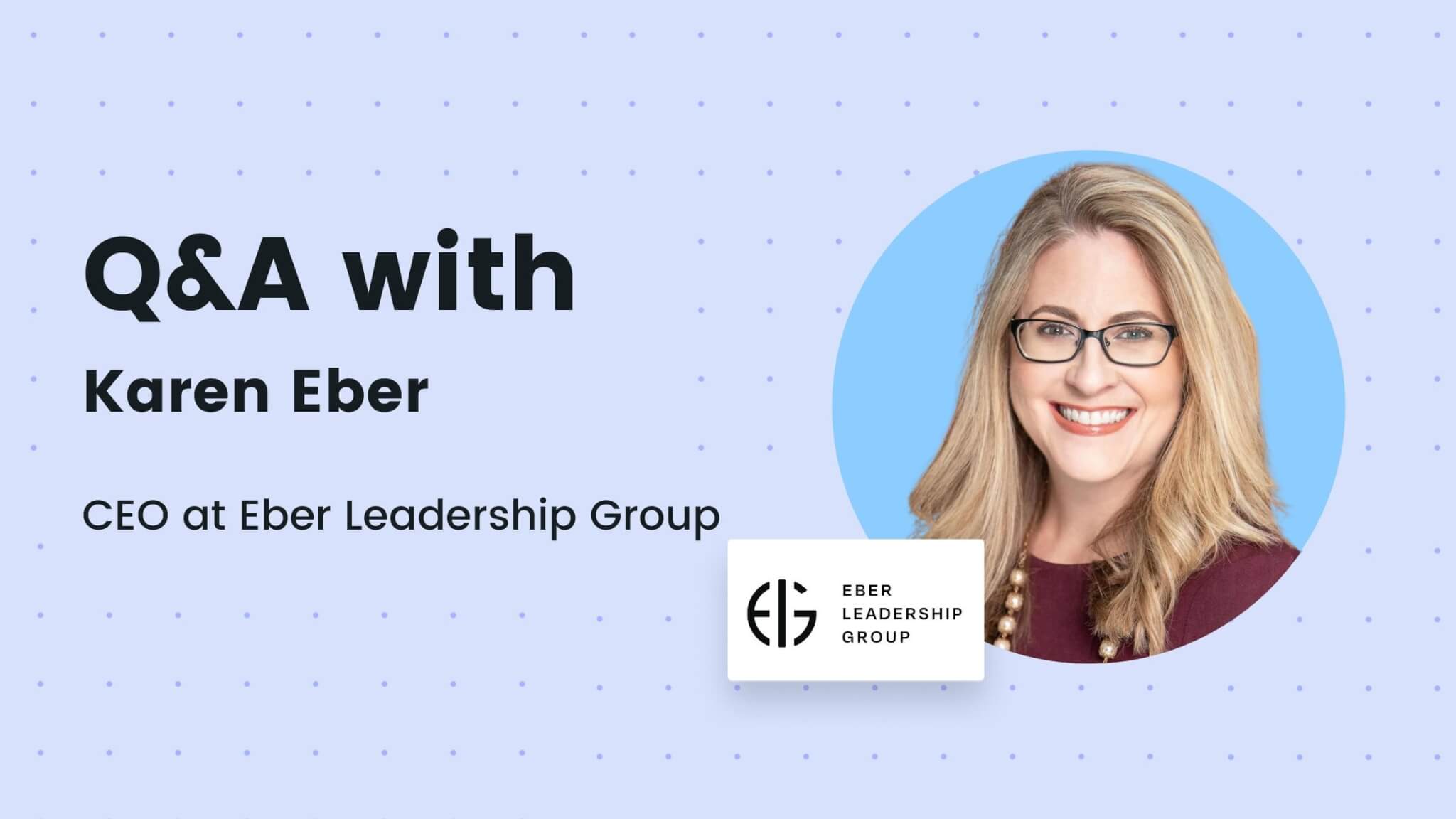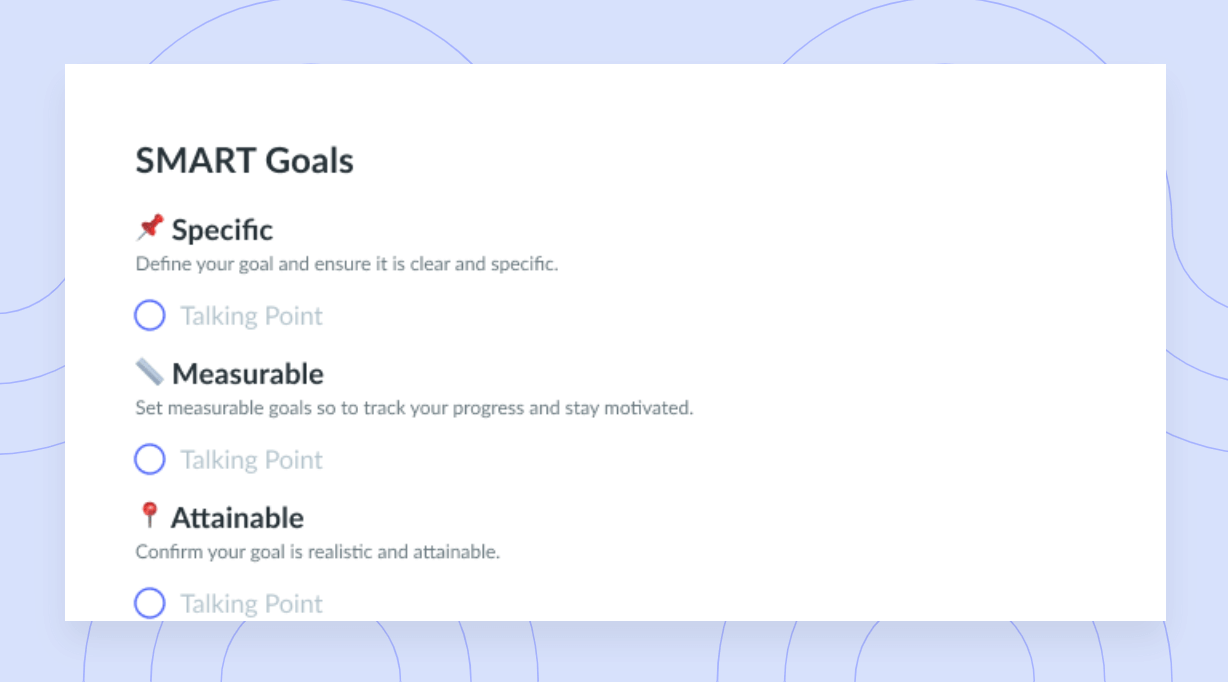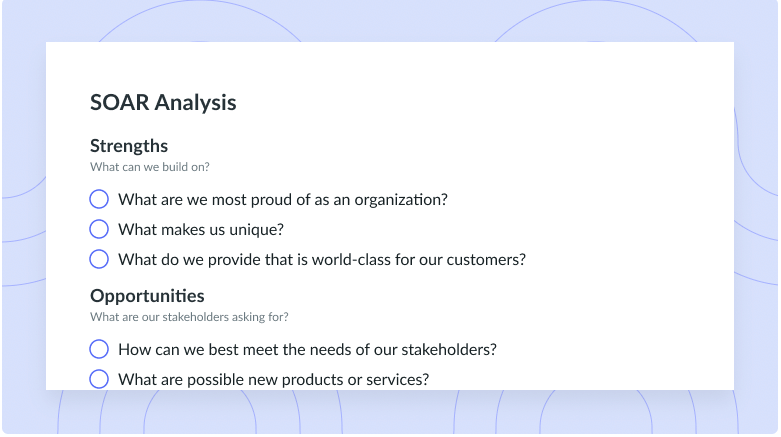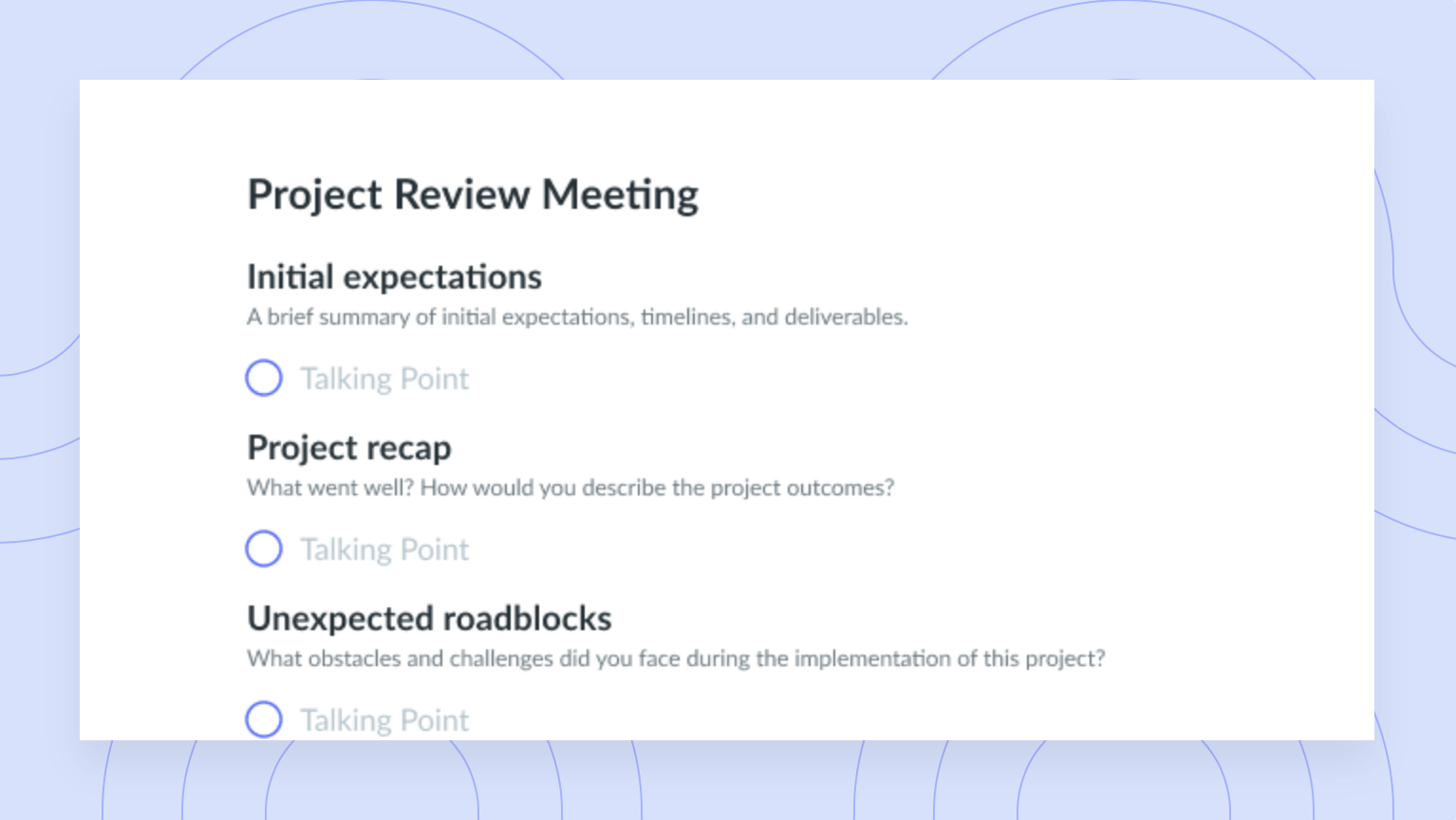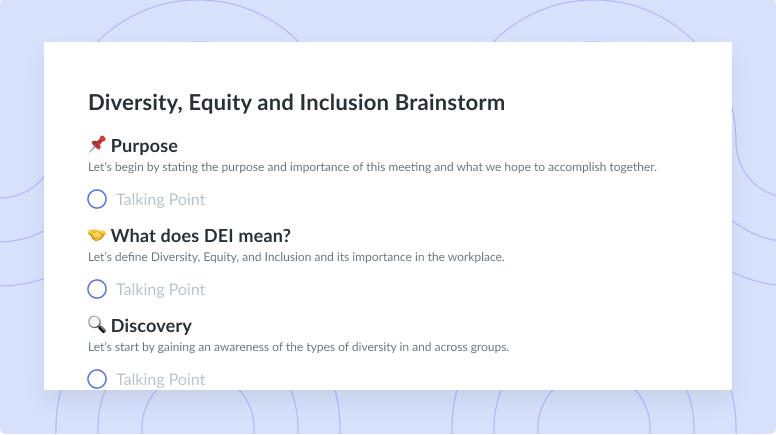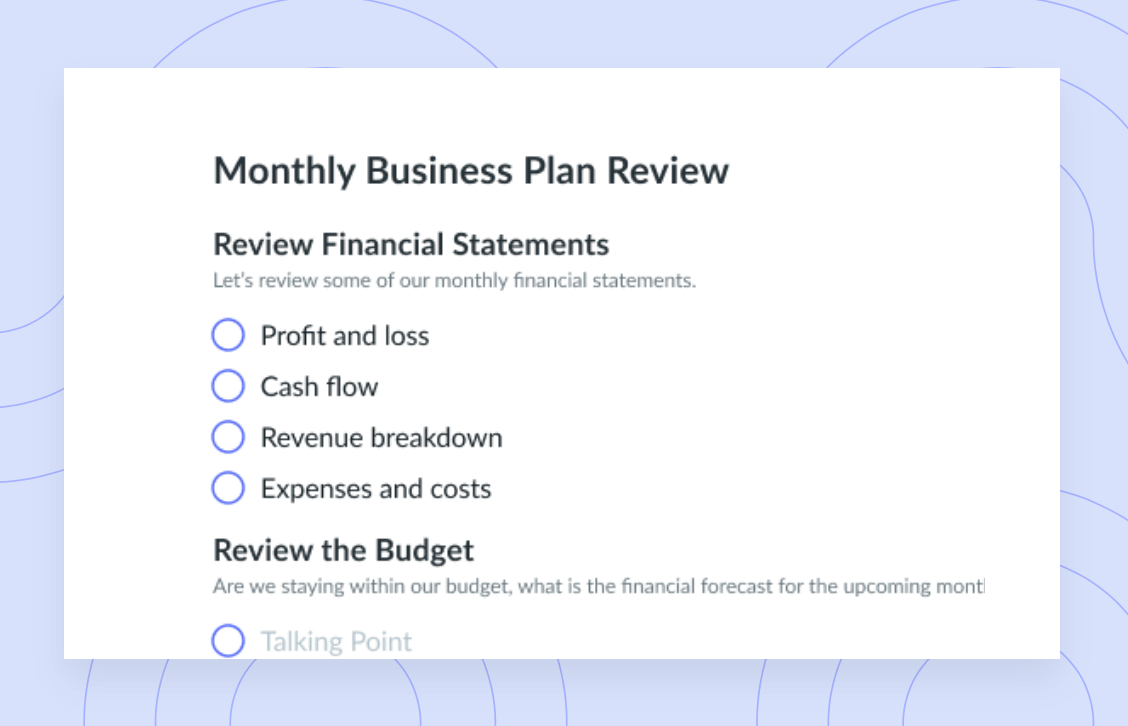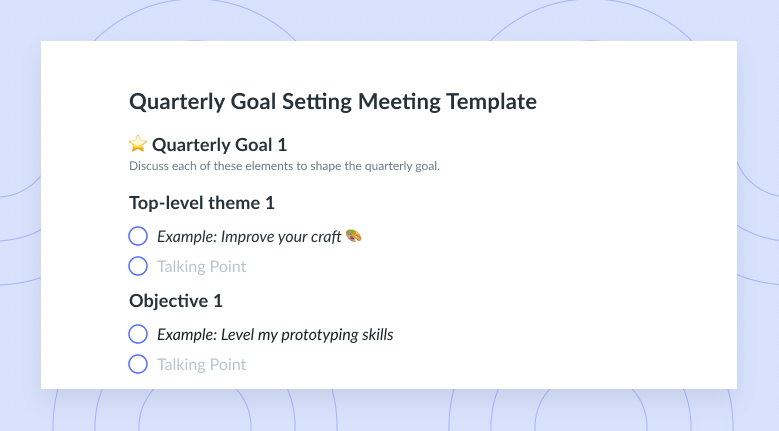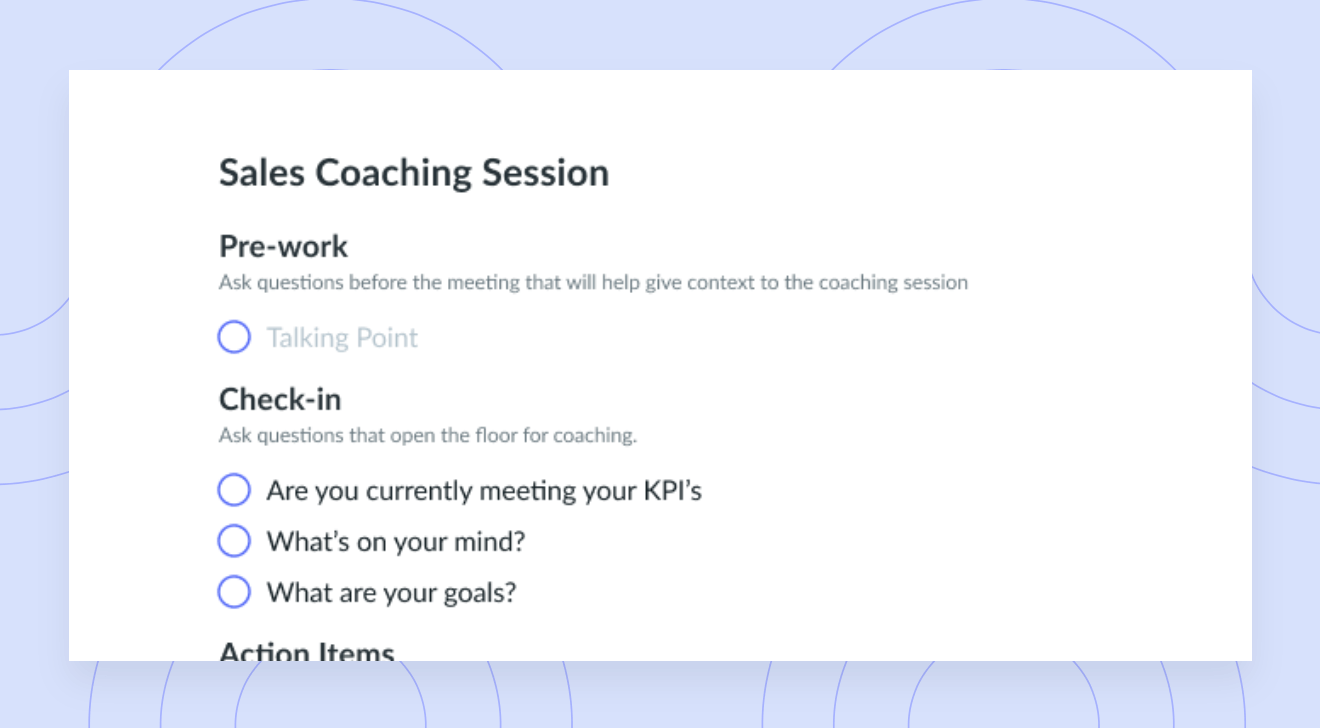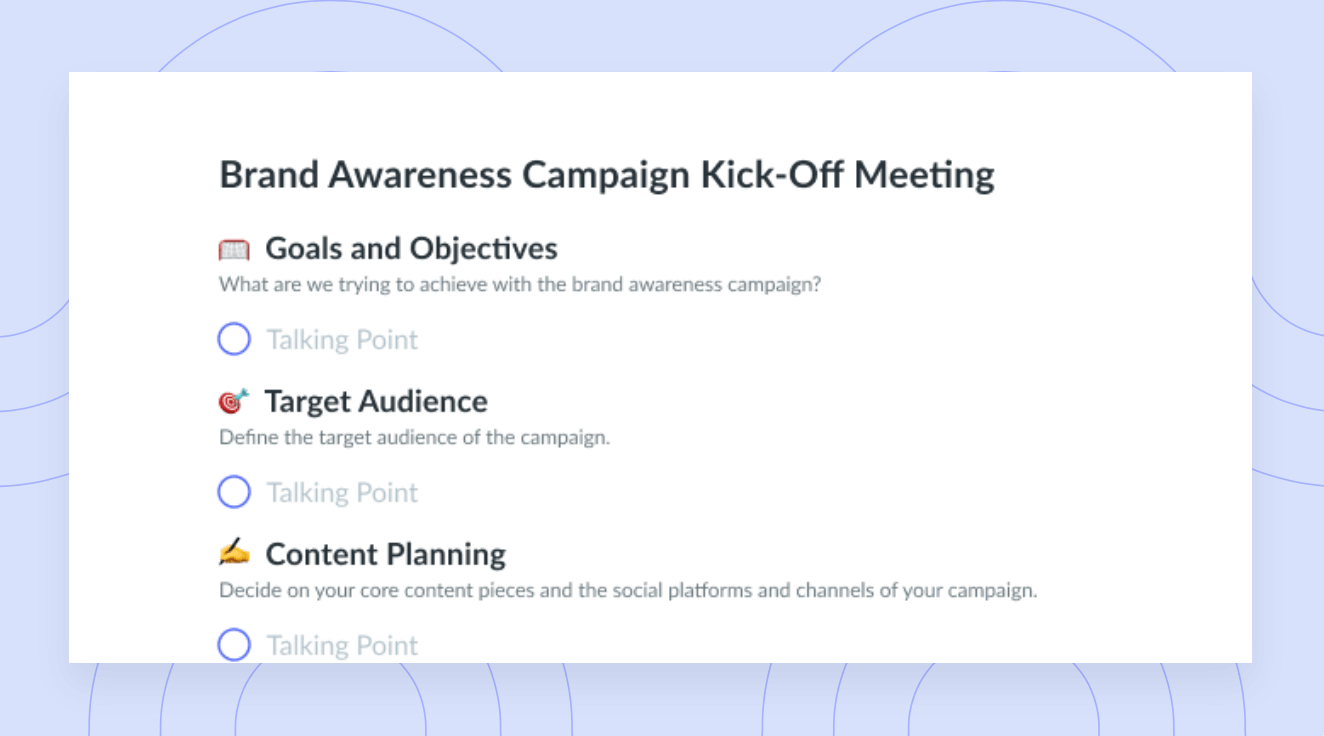What Is Self-Leadership? Your Guide to Unlocking Excellence
Through self-leadership, you’ll set ambitious goals for yourself and your organization—and accomplish them.
You set little goals every day, often without even thinking about it. For example, when your alarm clock goes off, that’s in service of a goal: getting to work on time. Reaching out to friends for plans is goal setting too, since you’re trying to set up a fun hang.
The point is that you certainly have the motivation to identify things you’d like to make happen and then bring them into reality. That just happens to be the core of self-leadership in the workplace. With this guide, you’re well on your way to becoming a trailblazing self-leader within—and outside—your organization.
- What is self-leadership?
- Essential skills for self-leadership
- The SOAR self-leadership model
- The 8 C’s of self-leadership
- How Fellow supports self-leadership
What is self-leadership?
Self-leadership is the process of accomplishing your professional and personal development goals without losing sight of your organization’s goals. It’s a mix of self-discipline, self-awareness, and all the emotional intelligence and behavioral skills that lead to success. Think of it as constant self-improvement with a side dish of achieving project milestones along the way.
Motivational speaker Andrew Bryant, founder of Self-Leadership International, describes self-leadership as comprising an “inner game” and an “outer game.” The inner game is your mindset, and the outer game is what you do to get where you’re going. All the best ways to develop self-leadership require a balance between these two considerations.

Lead with confidence
Foster a culture of continuous growth, reflection, and collaborative achievement with a tool like Fellow!

Essential skills for self-leadership
Professional goal setting is merely the background of effective self-leadership. There are four key considerations in the foreground:
1Self-awareness
It’s easier to set meaningful goals once you’ve reckoned with your interests, strengths, relationships, and weaknesses. Self-improvement is the name of the game here, and self-awareness is the starting point for strengthening your skills and abilities.
Knowing how your moods and motivations vary is awareness, too. Essentially, self-awareness is how you pursue your goals only when you’re in an ideal emotional state for making things happen.
2Accountability
Nobody’s perfect, and nobody’s expecting you to be. Instead, those around you want you to be accountable: unafraid to admit your mistakes and take responsibility for them. The key ways to develop accountability include fixing your mistakes and not deflecting blame when you make errors. Great leaders hold themselves accountable for their whole team as well.
3Self-motivation
Finding the mental and physical energy to keep powering forward amid challenges is a hallmark of top-notch self-leadership. Harness your passion for what you do and get to the finish line no matter what—and stay accountable and self-aware along the way.
4Decision making
When you know who you are, how to move yourself forward, and how to admit your errors, you’re primed to make great decisions. After all, you need to understand your strengths and weaknesses and predict potential roadblocks to make excellent choices. Plus, the more often you make great decisions, the more other people will gravitate toward you as a guiding light.
The SOAR self-leadership model
In the 2021 book Getting It Right When It Matters Most, authors Tony Gambill and Scott Carbonara introduced the SOAR self-leadership model. “SOAR” is a handy acronym for four key self-leadership components: Self, Outlook, Action, and Reflection.
1Self
This one is exactly what it sounds like: knowing yourself. Self involves understanding which work environments do and don’t suit you and making decisions based on clear personal values. It also includes your need for sharp, direct goals, your innate sense of when your needs are going unmet, and your prioritization of self-care. If you’re striving toward meaningful accomplishments in favorable settings and you don’t feel overburdened, you’re acing this part of self-leadership.
2Outlook
Everyone has biases—yes, even you. The outlook portion of self-leadership encompasses recognizing these biases, as well as your emotions, before taking action. This way, you clear any needless shrouds of negativity around the scenarios in your life.
Pushing yourself to embrace diverse worldviews and understand people’s unique situations while remaining open to change will help you master this self-leadership component, as will identifying what tanks your mood and responding to any negativity with fearlessness and grace.
3Action
This component is a reminder that speaking with people ranks among the best ways to develop self-leadership. Go into your conversations with clear intentions, including the goal of getting everyone aligned. Learn how to manage conflicts, ask questions that introduce everyone’s viewpoints, and embrace silence for moments of reflection. Be fearless about providing your own insights, assign action items, and ask questions primed for developing solutions. This all is how you step into the shoes of a great self-leader.
4Reflection
When you do something well, there’s often room to do it even better next time, hence reflection as part of self-leadership. Work regular reflection time into your schedule, get peer feedback (and learn how to truly accept it), and create development goals with your teammates. Find opportunities to build new skills and refine your current ones, as well as decide how to overcome any challenges you keep facing. In your reflection, you might find a greater you.
The 8 C’s of self-leadership
Dr. Richard Schwartz, founder of The Center for Self Leadership, has developed eight one-word “C’s” for self-leadership. All these inspiring words can help you become the self-leader you know you can be.
1Creativity
Leaders are imaginative—they come up with out-of-the-box solutions to both new and old problems. That’s creativity in a nutshell: bringing something to life that wasn’t there before.
In work contexts, creativity is all about finding opportunities or solutions for yourself and your team. For example, maybe your team has been finding your meeting agendas pretty limiting. It’s great self-leadership to come up with a new one yourself, get everyone’s input, and keep working on it until it’s just right.
2Clarity
This factor in self-leadership involves stepping outside your biases and negative emotions when assessing a work situation. For example, let’s say you’re leading a team working on a software project in Java when you’re more of a C++ person. A decision grounded in clarity might be handing over the leadership role for this project to a team member more comfortable with Java. This way, you’re driving everyone toward your shared goals while letting others shine.
3Confidence
When you’re certain that your skills and experience qualify you to tackle a challenge, you’re leading from a place of confidence. Plus, when you’re confident in the road you’ve paved for yourself, you’re way less likely to veer off course. That means you’ll achieve your goals, giving other people confidence in you as a leader, too. Confidence is the soil from which the flowers of excellent team leadership grow.
“A good leader inspires people to have confidence in their leader, but a great leader inspires people to have confidence in themselves.”
— Peter Anderton on episode 83 of the Supermanagers podcast
4Curiosity
If self-leadership is about pushing yourself to pursue certain goals, curiosity is what drives you to set these goals in the first place. For example, let’s say you’re noticing an emerging need for your organization. If you were hesitant instead of curious, you might push that growing need to the side until it becomes impossible not to address. At that point, though, this need might be much more stressful to tackle. Lean into curiosity instead and explore it from the get-go—innovative solutions will come to you much more clearly.
5Calmness
Work can be stressful even if you love what you do. In those overwhelming moments, calmness is the mark of a self-leader. It’s on you to ground yourself when stressors emerge, and the same is true when your team is overloaded. Learn how to settle yourself and address your team’s concerns and the path from start to finish will feel less cluttered. It might even be a path everyone can’t help but walk.
6Connectedness
You’re much more likely to be a great leader if you feel a meaningful connection with your team and organization. Take the time to discover the parts of your organization’s mission and vision statements that resonate with you. Get to know the people you work with, too. You’ll wind up building bonds that make everyone—yourself included—enthusiastic about sharing ideas, collaborating, and pushing toward the finish line together.
7Courage
Challenges and concerns are inevitable when you work on a team. Self-leadership means being unafraid to look these obstacles right in the eye and find ways around them. It means keeping your resolve intact—and your team reassured—when things aren’t going quite as planned. Courage is also huge for checking off that lingering box on your list that everyone else is too anxious to try. As a brave, strong leader, you make anything possible.
8Compassion
You’ll steer the ship best if you lead with heart—compassion is how you appreciate others and work with them on solutions. It’s way easier to motivate team members toward better performance when you listen to what they need and then provide it. Plus, your compassion will encourage those around you to present you with their problems and concerns—and knowing these is the first step in successful problem solving.
How Fellow supports self-leadership
The best self-leaders thrive on communication, including meetings. With Fellow, a meeting management software, you can use artificial intelligence (AI) to get inspiration for meeting topics and build clear agendas with the AI agenda builder feature. You’ll guide your team through the buzzing, productive conversations that lead to your most remarkable ideas and successes.
Additionally, Fellow’s action item feature builds accountability, as does Fellow’s feedback feature, which is also great for the reflection component of the SOAR model. Plus, with Fellow’s collaboration elements, you continually get everyone’s input on, and involvement in, the actions you’re taking. Self-leadership, despite its name, is about you and your team, and with Fellow, you’ll always be connected and ready to face what’s next.
Parting advice
Becoming a self-leader is basically taking care of yourself at work. It’s how you handle your emotions, aspirations, skills, and weaknesses to achieve all your professional and personal dreams. That said, it’s about more than leading yourself. It’s also about leading your team—if anything, self-leadership is better described as leading yourself to lead your team.
It’s also worth remembering that nobody can quite do anything alone and that others’ perspectives can really open your mind. As you master self-leadership, keep getting your team’s input on your ideas, actions, and goalposts. Don’t forget to use Fellow to hold meetings, give and get feedback, build accountability, and fuel your self-leadership from start to finish!








